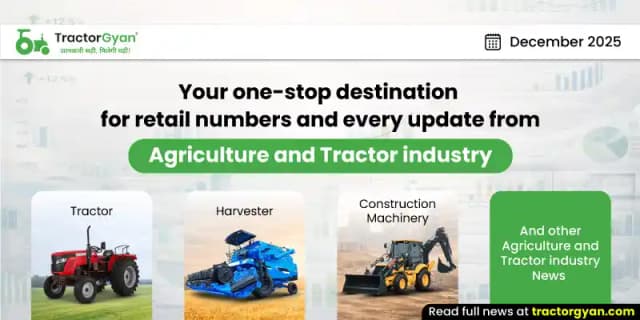Understand Polyhouse Farming Benefits, Types, Setup Costs, and Increasing popularity in India
Table of Content
Polyhouse farming is an innovative farming technique, which is gaining more popularity with each passing day in india. Polyhouse agriculture seems like a new revolution in the field of farming where farmers can now step out from traditional farming methods to modern farming methods. Polyhouse Cultivation opens up more scope and opportunities for farmers to increase their profit and productivity. India is a country where farmers face a lot of challenges in farming due to seasonal disturbances and weather changes. Hence, Polyhouse farming emerges as a lifesaver and provides a solution to several challenges in farming.
Polyhouse agriculture allows farmers to carry out year-round cultivation. Thus, enabling them to grow diverse crops and ensure steady income. Therefore, Polyhouse cultivation conquers unpredictable climatic conditions, controls pests, and diseases, and fosters sustainable productivity. Hence, Polyhouse farming emerges as a new revolution in Indian agriculture, improving efficiency, and profitability, and bringing a solution that offers adaptability to changing environmental dynamics.
So, let's dive into exploring the scope of polyhouse farming in India, its benefits, types, setup costs, and more.
What is Polyhouse Farming?
Polyhouse farming is a sub-type of greenhouse farming known for its controlled-environment agriculture technique. It is one of the modern methods of farming where crops are grown in a controlled environment. This innovative method of cultivation allows farmers to protect their crops from access temperature, and humidity. This whole structure is formed from a translucent material known as polyethene. Polyhouse agriculture also manages the light intensity and offers better ventilation. Moreover, Polyhouse cultivation also allows farmers to carry out year-round cultivation.
Why Polyhouse Cultivation is So Popular?
The reason behind the rising popularity of Polyhouse farming is due to its ability to withstand adverse climatic conditions. The method is more beneficial in regions with unpredictable climatic conditions, limited arable land, and where traditional farming fails to provide positive outcomes. Polyhouse agriculture also allows the farmers to grow a variety of high-value plants and farmers can grow crops beyond the growing season as well. This results in an increase in the farm income. Hence, Polyhouse Cultivation in india is a revolution in agriculture that brings more scope and sustainability to farming.
Types of Polyhouse Farming
Naturally Ventilated Polyhouse

The crops under this type of polyhouse farming depend on natural airflow for ventilation. It has a structure with openings at the top and sides, which provides adequate air circulation. This setup helps the farmers manage the desired temperature and humidity levels between the crops, thus resulting in better yields.
Shade Net Polyhouse (Low-Tech Polyhouse)

This type of polyhouse farming is slightly different from traditional farming methods. It includes the use of shade nets rather than solid material for covering the crops. This technique focuses on filtering the sunlight through nets. Thus, offering the required shade and air circulation while reducing the high temperatures.
Fan And Pad Polyhouse (Medium Tech Polyhouse)

This polyhouse farming includes the use of fans and cooling pads to manage the intensity of light and humidity. These fans help in transforming the outside air to normal with its wet cooling pads. Thus, cooling and humidifying the outside air before entering the polyhouse. This method provides a suitable environment for the growth of plants.
Hi-Tech Polyhouse

Hi-tech polyhouses use innovative technologies in farming. These technologies include automated environment control techniques, drip irrigation, and computerized monitoring systems. The automated system that helps farmers maintain the weather and irrigation systems in polyhouse cultivation.
Tunnel Polyhouse

Tunnel polyhouses are a simple and innovative farming method whose structures resemble tunnels. These are elongated structures covered with polyethylene or other similar materials. This type of polyhouse farming is more cost-effective for small-scale farmers. They can even use this for temporary cultivation, thus preventing crops from harsh weather conditions.
Multi-Span Polyhouse

This type of polyhouse is usually utilized in large farming areas with different environmental requirements for plant growth. It uses multiple interconnected spans or sections. Hence, it allows farmers to grow diverse crops in large areas with different temperature and weather requirements.
Benefits of Polyhouse Farming
-
Plants grown through polyhouse farming can be easily developed in an administered environment. This also allows for an easy transition from open farming to polyhouse farming.
-
Polyhouse farming enables farmers to grow crops throughout the year, irrespective of seasons.
-
The setup of the polyhouse has only one entrance opening and is covered from all sides. Thus, preventing the spread of pests, diseases, and insects.
-
It also benefits the plants by filtering the unwanted light and heat. Thus, allowing plants to grow normally irrespective of outside weather conditions.
-
Farmers can expect higher quality byproducts from polyhouse farming as it provides a favorable environment to grow.
-
Farmers can effortlessly maintain sanitation inside the polyhouse agriculture setup.
-
Polyhouse cultivation also allows easy application of fertilizers through the drip irrigation system.
-
The innovative polyhouse also offers adequate ventilation without the gripes of pests and insects.
Disadvantages of Polyhouse Farming
-
The setup has Limited control over airflow. Thus, also limits the farmer’s options too.
-
Naturally ventilated polyhouses are more costly, as the cost of materials and labor also increases.
-
To get better results, farmers have to invest in High-quality materials which increases the cost. Low-quality materials can trigger wear and tear in heavy weather, thus damaging the crops.
-
As polyhouse is also used to grow different crops with their unique watering requirements, the task of irrigation also becomes difficult.
Crops Suitable For Polyhouse Agriculture
|
Vegetable Crops |
Fruit crops and ornamental crops |
|---|---|
| Cucumber | Raspberries |
| Carrot | Peaches |
| Tomatoes | Watermelon |
| Brinjal | Strawberries |
| Green Beans | Citrus Fruits |
| Cannabge | Gerbera |
| Okra | Rose |
| Bell Peppers | Jasmine |
| Chilli | |
| Broccoli | |
| Summer Squash | |
| Lettuce | |
| Leafy Vegetables | |
| Ginger | |
| Herbs |
Polyhouse Farming Cost
The setup cost of polyhouse farming depends on various factors such as the size of the land for farming, different technologies and mechanisms used for it as well as the type of materials used in building a polyhouse. We have mentioned an approximate polyhouse farming cost per square meter area, so you can get a rough estimate of how much is required.
| Low-Tech Polyhouse | Medium-Tech Polyhouse | Hi-Tech Polyhouse |
|---|---|---|
| Rs. 450 - Rs. 900 square meter | Rs. 800 - Rs. 2000 square meter | Rs. 1500 - Rs. 4000 square meter |
So, your total polyhouse farming setup cost can depend on the area and on the type of polyhouse you are going to make. The government also provides a 50% subsidy on polyhouse development. Furthermore, you should consult an expert. You can get an accurate setup polyhouse farming cost from experts based on the specific requirements.
How To Choose the Best Polyhouse Farming Location?
Polyhouse farming focuses on growing crops in colder regions that need a warm climate for proper growth. With the inventions of new innovative technologies in farming, farmers can now grow multiple crops without concern about the weather conditions.
So, let's look into the factors to make the proper polyhouse location selection:
Pollution
Polyhouse farming should be carried out in a clean and pollution-free area, which fosters a more favorable environment for plant growth. Therefore, select a location that is away from pollution. Crops can grow better in remote areas with less carbon emissions from vehicles and other industries.
Water Logging
To set up a polyhouse farm in india, you need to ensure you don't select a low-lying area. This can have a risk of water clogging issues during the water release time or monsoon seasons. Moreover, Waterlogging damages the plants extensively and risks a failure of crops, so you should ensure this while selecting the site.
Reachability
Here, you should focus more on the accessibility of the location. Consider selecting a site that is away from the city, to ensure healthy crop development. You should also choose a site that is easily accessible with a better transport system.
Are Polyhouse Farming And Greenhouse Farming Different?
A protected cultivation structure is called a greenhouse for its ability to develop a greenhouse effect artificially by managing the interior of the climate. A polyhouse is a type of greenhouse structure where UV-stabilised polythene is utilized as a shade for the polyhouse.
| Polyhouse Farming | Greenhouse Farming |
|---|---|
| Polyhouses are made from polythene film or similar materials stretched over a framework of hoops. They are lightweight and affordable and can be easily installed and modified. | Greenhouses are made from glass or rigid plastic panels. The design includes a foundation, walls, and a roof. They are more permanent and durable structures than polyhouses. |
| Polyethylene films provide varying degrees of light transmission. They have UV stabilizers and anti-condensation properties. However, the light transmission can be lesser compared to glass structures used in greenhouses. | Greenhouses with glass or rigid plastic panels offer excellent light transmission. The transparent materials also provide better insulation. |
| Polyhouses are more cost-effective than greenhouses. Small-scale farmers and medium-scale farmers with limited budgets can install this | Greenhouses are more expensive with higher initial investment. These are mostly installed by large-scale commercial farmers or those growing high-value crops. |
| Polyhouse agriculture requires periodical maintenance, which includes the replacement of polyethylene films, any damage repairs, etc. Polyhouses are temporary and have shorter lifespans compared to greenhouses. | Greenhouses are made with strong materials and are more durable. It needs less maintenance. These are made with Glass or rigid plastic panels which do not wear and tear easily, offering a longer lifespan. |
Category
Read More Blogs
अपने इस ट्रैक्टर के ज़रिए इस कैप्टन ट्रैक्टर कंपनी ने किसानों के लिए आराम और दमदार प्रदर्शन को नए तरीके से परिभाषित करने का प्रयास किया है। जो चलिए जानते हैं की कैप्टन 280 4WD एलएस में क्या हैं ख़ास।
The most exciting and awaited moment is here for all the farmers and agriculture enthusiasts!
Today on 15th March 2024, Captain Tractors have launched their powerful and advanced Captain 280 4WD LS tractors.
According to Captain Tractors, this newly launched mini tractor...
New Holland, the leading tractor manufacturer, launched an inventive 100% electric tractor for international markets. Known as T3 Electric Power, this is a compact yet powerful tractor that helps farmers save huge operational costs.
Electric T3 tractor launch took place at the...
Write Your Comment About Understand Polyhouse Farming Benefits, Types, Setup Costs, and Increasing popularity in India
.webp&w=1920&q=75)
Top searching blogs about Tractors and Agriculture
07 Jan 2026
18 Dec 2025
29 Jul 2025
08 Sep 2025
03 Jul 2025
30 Jul 2025
30 Jul 2025
30 Jul 2025
29 Jul 2025
30 Jul 2025
26 Dec 2025
31 Jul 2025
18 Dec 2025
26 Dec 2025









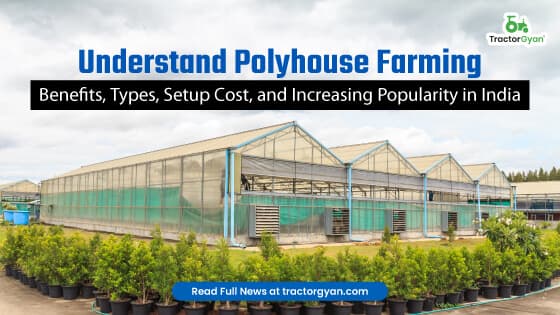

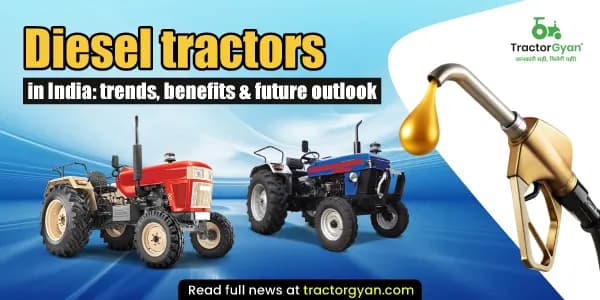




.webp&w=2048&q=75)
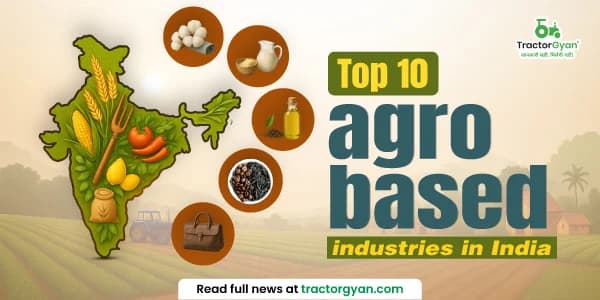
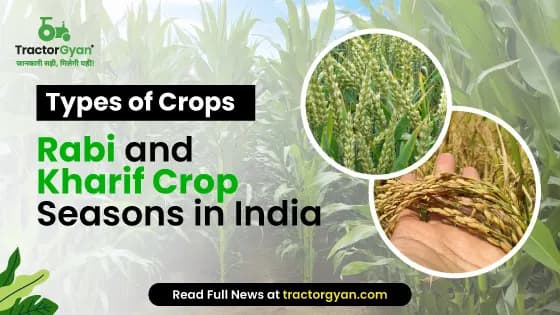
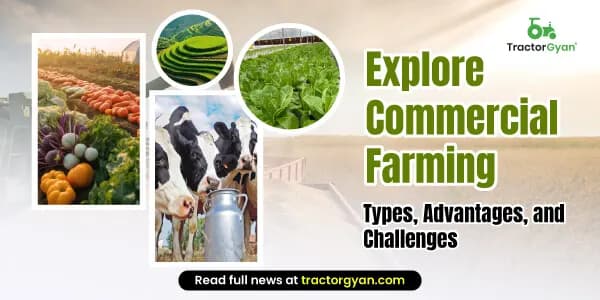

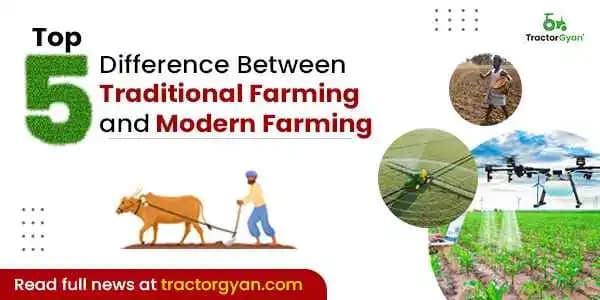
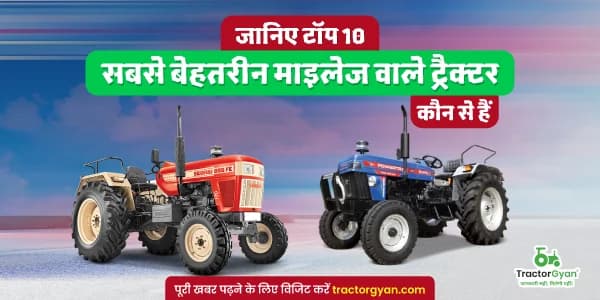
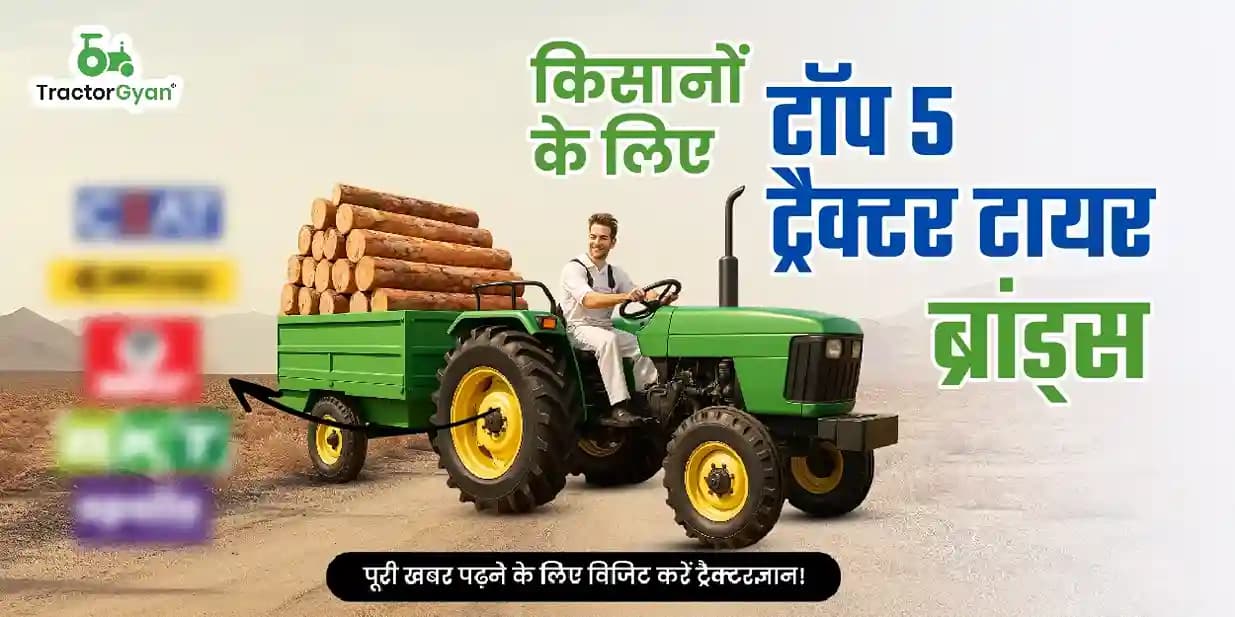


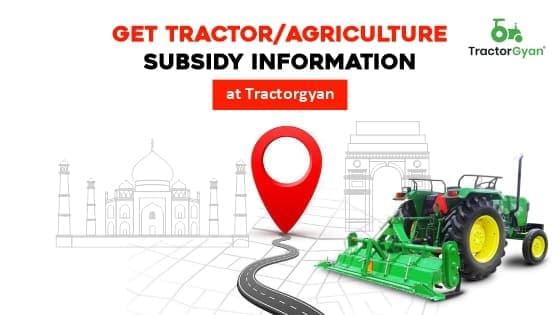
.webp&w=2048&q=75)
.webp&w=2048&q=75)







